It is MASSIVE! 290-foot asteroid 2023 HP1 nearing Earth; Know speed, distance here
A gigantic 290-foot asteroid is set to make a close approach to Earth on May 7. Here is what NASA reveals about its speed, how dangerous it can be, and more.
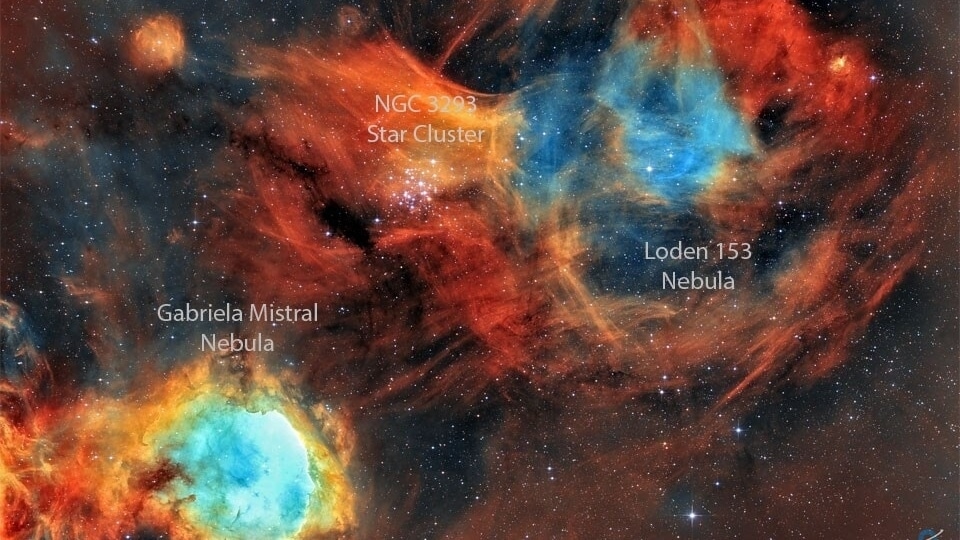

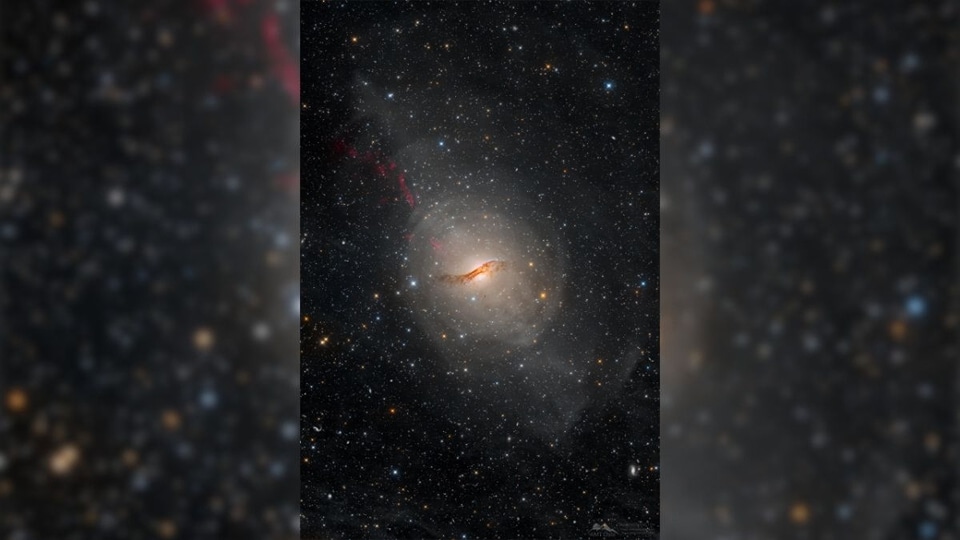
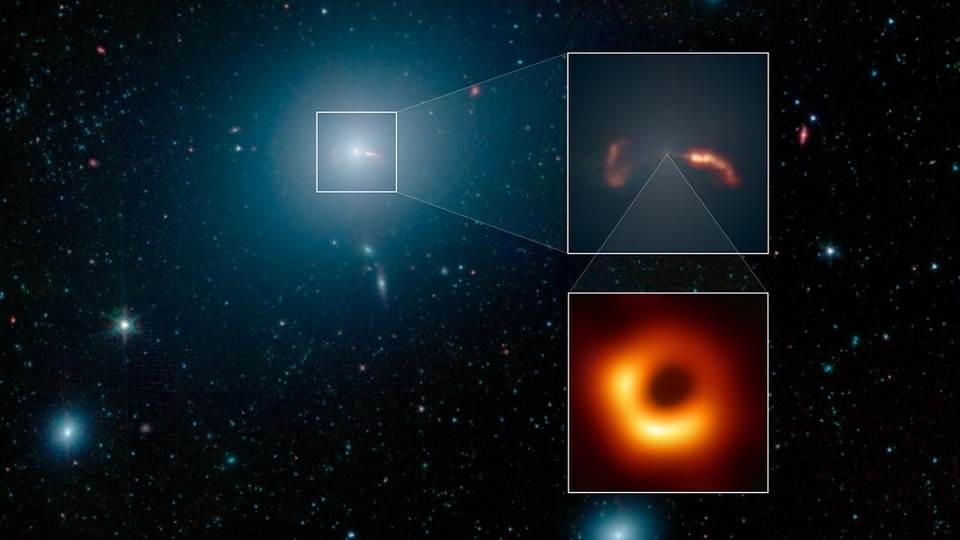
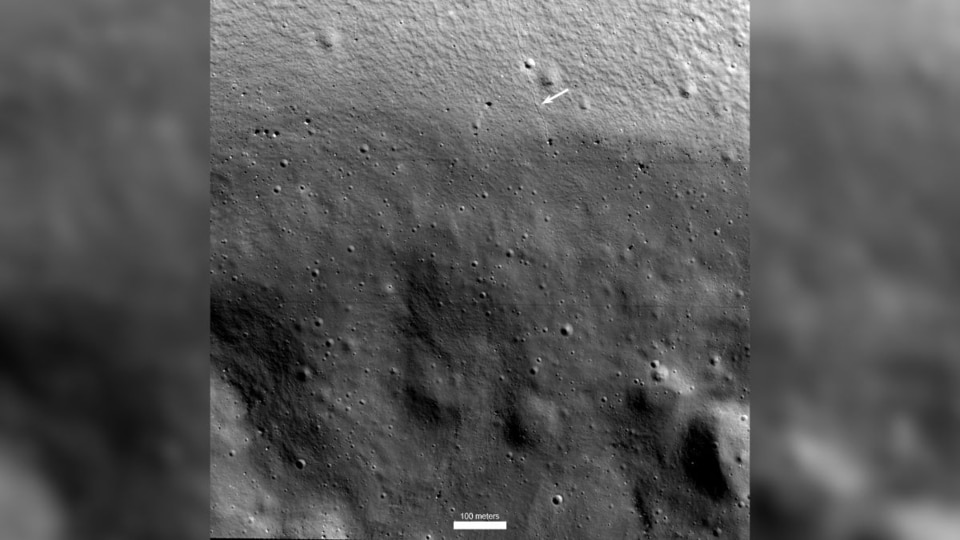
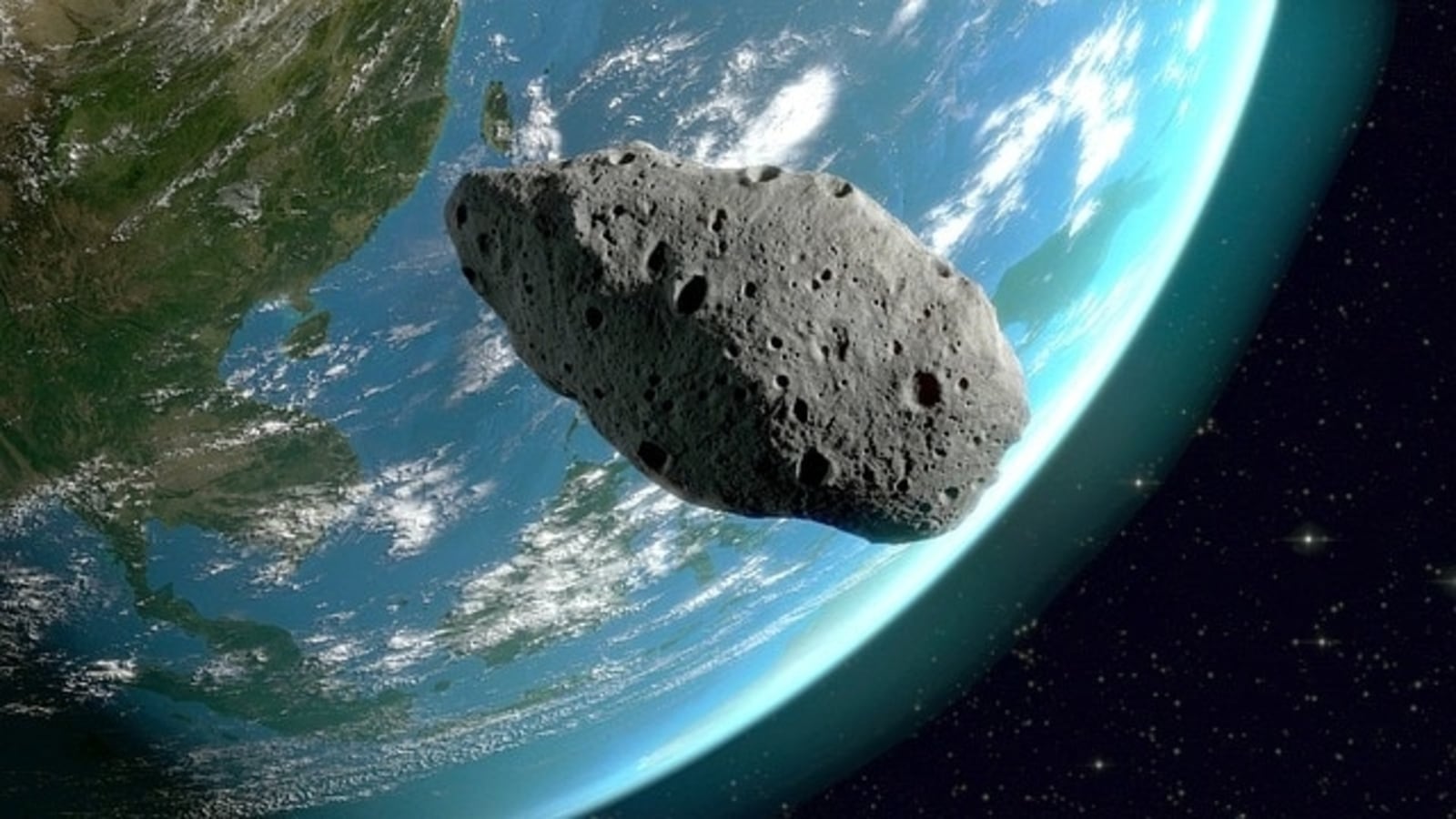
 View all Images
View all ImagesHow massive the asteroid needs to be to pose a threat to planet Earth? According to NASA, no known asteroid larger than 140 meters in size has a significant chance to hit Earth for the next 100 years. It further stated that only about 40 percent of those asteroids have been discovered till date. Notably, asteroids, which are dubbed as near Earth objects, can sometimes be dangerous for the planet depending upon their size. And on Sunday, May 7, 2023 a 290-foot asteroid is all set to make a close approach to planet Earth. Here is what NASA has informed about the monstrous rock.
Asteroid 2023 HP1: Speed, distance, and more
The US space agency has informed that a gigantic 290-foot asteroid is rapidly approaching Earth on Sunday, May 7. Though the asteroid is humongous and will come very close to the planet, but it is likely to pass by. However, it is travelling at a very rapid speed and if it changes its trajectory, it can be a concern for the planet. Therefore, in order to keep all the threats away and tackle them on time, NASA is tracking the movement of this asteroid on a regular basis.
According to the information shared by NASA's Jet Propulsion Laboratory, the asteroid called 2023 HP1, which is 290-foot (almost the size of a building), is currently moving at a mind-numbing speed of 41868 kilometer per hour and will make its closest approach to Earth at a distance of 6.13 million kilometers.
How NASA studies asteroids
The space agency uses its telescopes and observatories like NEOWISE to track and study asteroids. It also uses a variety of ground based telescopes like Atacama Large Millimeter/submillimeter Array (ALMA) located in the Antofagasta Region of Atacama Desert in Chile for the same.
Catch all the Latest Tech News, Mobile News, Laptop News, Gaming news, Wearables News , How To News, also keep up with us on Whatsapp channel,Twitter, Facebook, Google News, and Instagram. For our latest videos, subscribe to our YouTube channel.





























